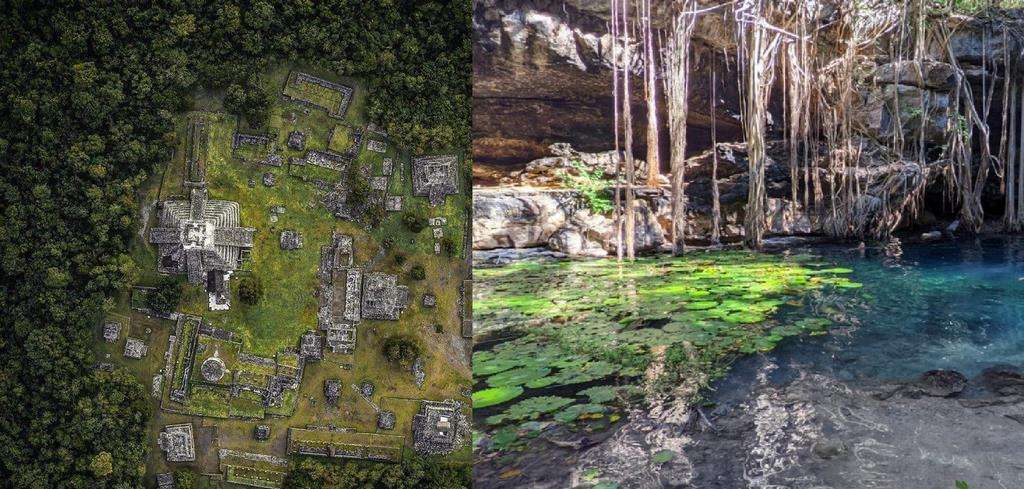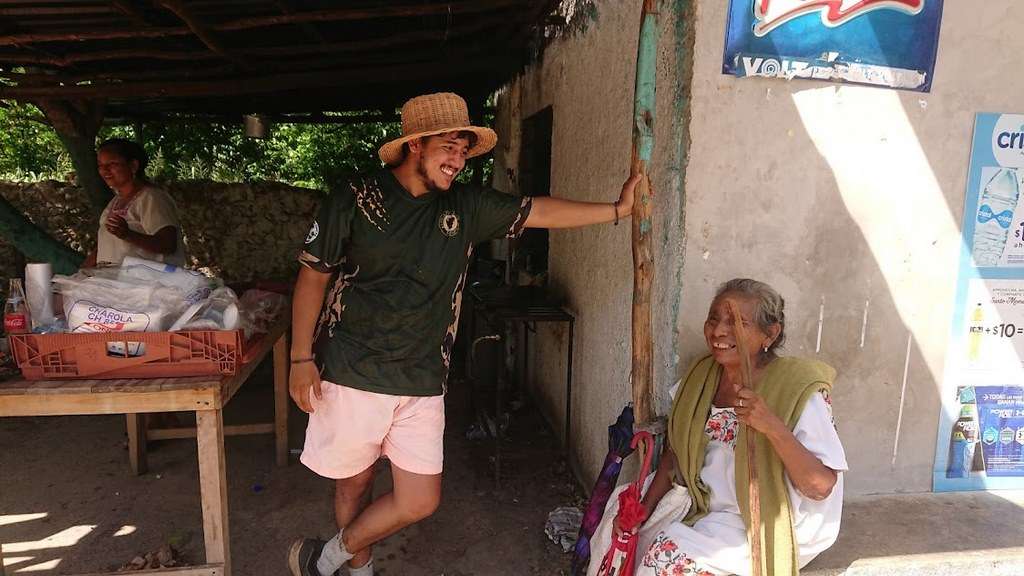Spectacular Drone Photo Spies a Harbor that Looks Like a Dolphin
Rhys says he has taken his drone over the marina many times but this was the first time he noticed the aquatic appearance of the landscape.

Mexico's first long-distance hiking and cycling trail has recently been finished in the Yucatan Peninsula.
Passing through colonial haciendas, sacred cenotes, and archeological sites, it's a community-focused tourist attraction to give people a glimpse into the Maya's great history.
For the history lover, a trip to Cancun can be difficult. Attached to the all-inclusive resort and the near-flawless beaches, the desire to strike out and see the Mayan heartland behind them is there, but not always easy to capitalize on.
Now the Camino del Mayab offers tourists a totally new way to experience Mayan food, history, and civilization. The 68-mile journey aims to help better the lives of 14 communities of Mayan descendants that reside along it.
Across three-days of cycling, or five-days of walking, travelers start in the town of Merida before heading to the first of many abandoned haciendas.
These are the Yucatan's own unhappy version of a cotton plantation manor in the southern U.S., and were run by Spanish families that grew henequen, a fibrous rope-making material, on the backs of Mayan labor.

Now they are abandoned, and act as excellent camping destinations.
The trail also passes by several Maya communities, that run handicraft shops and, most importantly, restaurants-the food of the Yucatan and the Maya is legendarily tasty.
Sacred freshwater sinkholes called cenotes are also there to be seen in abundance. These, the Maya believed, were doorways to the underworld, and many religious ceremonies were conducted above, around, and inside of them.

The trail is jungled the whole way, and all manner of beautiful birds and other tropical animals can be seen by those with sharp enough eyes.
The Camino del Mayab ends at Mayapán, on top of the pyramid of Kulkulkan, though the trail passes paved country roads that will take them on to Ticul or Uxmal for more exploration of ruins.
Despite their civilization collapsing during the 9th century, and becoming slaves in the 15th, roots remained strong in the Yucatan, and today the locals are trying to make their ancestral home, food, animals, cities, and culture work for them rather than big hotel companies.
For a lover of Mexico, the trail is certainly a must-do.
SHARE This Mega-Hike On Social Media…
Be the first to comment